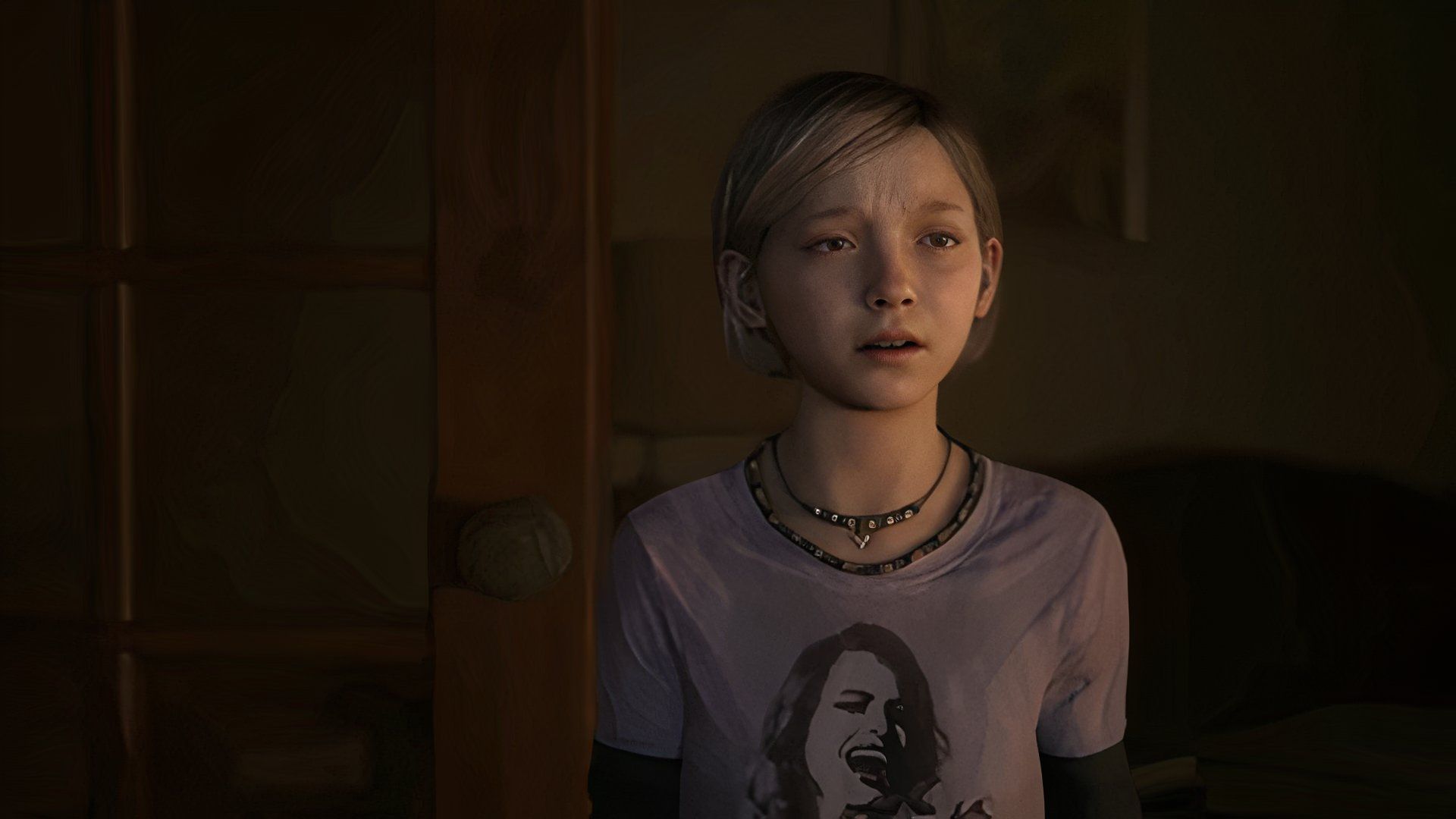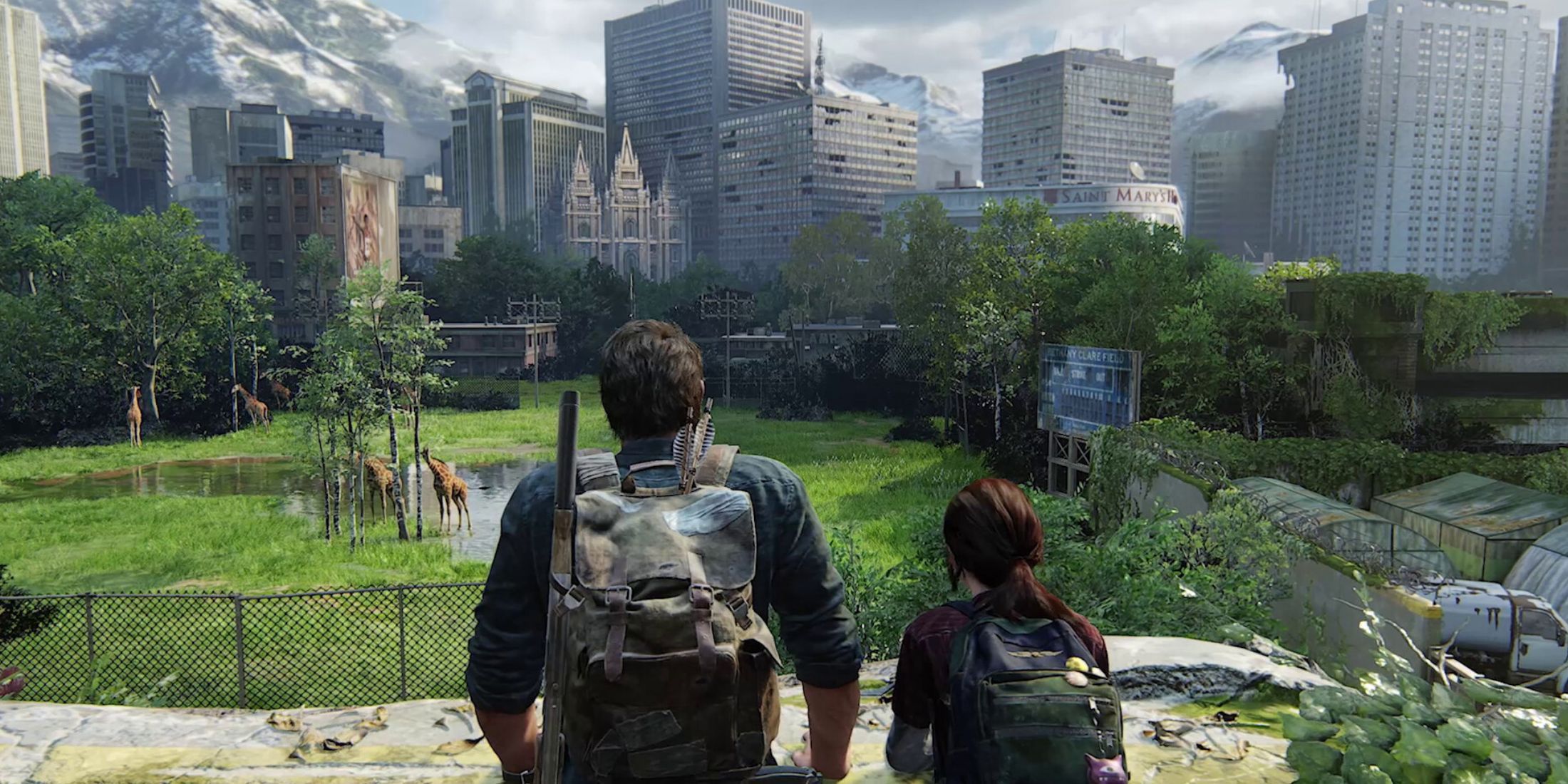
That said, there's one game whose intro I can't help but keep going back to: The Last of Us. Is The Last of Us my favorite game? No, it's not, and I would actually argue that my two aforementioned examples are better overall gaming experiences. But, I'll be damned if Naughty Dog doesn't know how to get me invested. The drama, pacing, and tension of The Last of Us' prologue never seem to get old, and not just because Naughty Dog can't stop remaking and remastering the game. Indeed, when it comes to establishing a game's world, story, and gameplay in spectacular fashion, few games reach the heights of the first Last of Us.
I'm Obsessed with The Last of Us' Prologue for Two Major Reasons

Yes, The Last of Us' Opening Is Just That Good
I first played The Last of Us when I was 16 years old, so there's certainly an element of nostalgia that influences my affection for its intro, but I'll also stand by it as an objectively great piece of video game storytelling. In a stroke of small-scale genius, Naughty Dog chose to keep the first part of The Last of Us zoomed in: everything is about Sarah, Tommy, and Joel trying to escape mortal danger. Players only know what these characters know, and aren't privy to a bird's-eye view of the growing Cordyceps virus. As such, we experience the start of the apocalypse with the same fear and uncertainty as these principal characters—we are panicked, anxious, and confused.
As is usually the case, the devil's in the details here. The Last of Us starts in the Miller household, focusing on a charming interaction between single father Joel and his daughter Sarah. This efficiently establishes their dynamic and endears us to them, which makes subsequent events all the more tragic and haunting. In another bit of clever storytelling, Naughty Dog makes Sarah, not Joel, the first character that players control: we aren't in the shoes of a grizzly, hardened survivor yet, but rather a scared young girl, alone in her house, being swept up in a nightmare.
We see the start of the apocalypse from Sarah's perspective, and control her until she gets injured and must be carried by Joel. This eases us into the perspective of Joel while establishing the life-and-death stakes of the story from the outset.
If Any Sequence Can Get a Non-Gamer Invested, It's The Last of Us' Intro

By the time I first played The Last of Us, I had already experienced a number of powerful, moving, and fascinating video game intros, but these were mostly suited to my gamer brain, molded over the course of years spent knee-deep in the hobby. If my non-gamer sisters or parents walked into the room while I played through the opening moments of, say, Silent Hill 2, they may have grasped its unsettling atmosphere and even appreciated it, but without real interest. This makes sense: walking down a long, foggy path or swimming to a mysterious lighthouse in the middle of the ocean is a lot more captivating if you're the one doing the walking and swimming.
Yes, a video game "looking like a movie" is often enough to get non-gamers to perk up their ears, but The Last of Us' prologue folds cinematic flair into player-driven storytelling, using interactivity to elevate its emotional stakes and payoff. The real kicker is that this intro sequence, while leveraging interactivity in a way that only a game can, is also mechanically straightforward, making it the perfect entry point for someone looking to get into gaming.
Lo and behold, me showing my dad those opening moments of The Last of Us planted a seed, and he recently bought a secondhand PS3 (bless his heart) to experience the entire game for himself. I believe that he is currently about to reach Tommy's settlement. So, I don't just replay The Last of Us' opening because I love it, but because others love it as well—enough to take the plunge and explore the gaming hobby themselves.
-1751024166-q80.webp)
-1753371198-q80.webp)
-1754759749-q80.webp)
